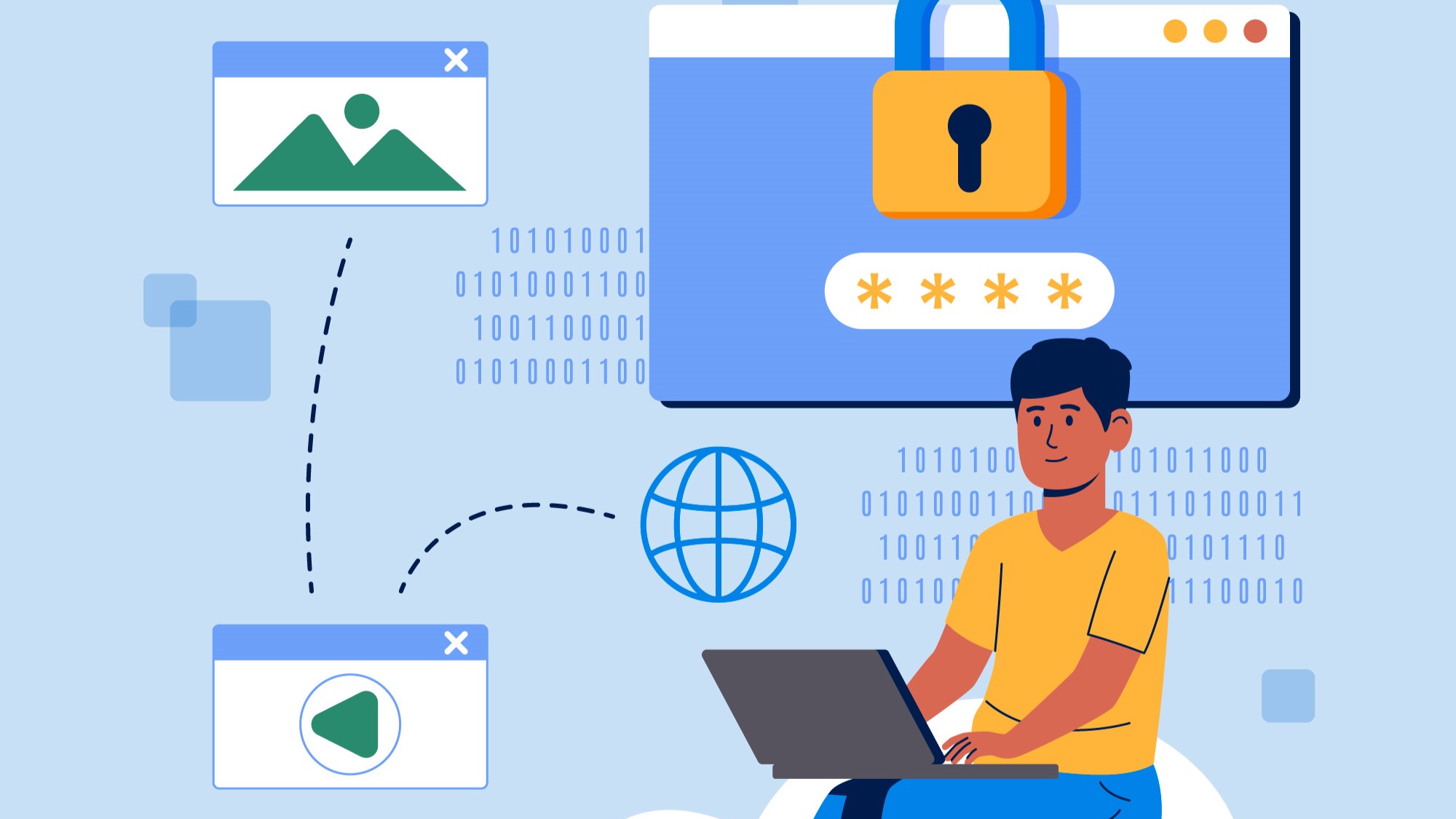Enforce passwordless or stronger authentication mechanisms for administrative accounts
In today’s cloud-driven landscape, securing privileged accounts is critical to safeguarding sensitive data and ensuring robust cybersecurity. In Azure, administrative accounts hold the keys to your kingdom, making them prime targets for cyberattacks. To mitigate risks, enforcing strong authentication for these accounts is essential. This blog will explore the importance of requiring strong authentication, the benefits of passwordless or stronger authentication mechanisms, and how to implement these measures in Azure.

Understanding the Importance of Strong Authentication for Privileged Accounts
Privileged accounts in Azure, such as those with administrative rights, possess elevated permissions that allow users to make significant changes, access sensitive information, and manage critical resources. These accounts are often targeted by cybercriminals because compromising them can lead to substantial data breaches, unauthorized access, and severe financial and reputational damage.
Common Threats to Privileged Accounts:
- Phishing Attacks: Cybercriminals frequently use phishing tactics to trick users into revealing their credentials.
- Brute Force Attacks: Automated tools can systematically guess passwords, exploiting weak authentication methods.
- Credential Stuffing: Attackers use stolen credentials from other breaches to access privileged accounts.
- Insider Threats: Malicious insiders with access to privileged accounts can cause significant harm.
To counter these threats, it’s crucial to implement strong authentication mechanisms that go beyond traditional passwords.
Why Passwords Alone Are Not Enough
Passwords have long been the default authentication method, but they are inherently weak. Even with complex password policies, users often create easily guessable passwords or reuse them across multiple accounts, increasing vulnerability. Additionally, sophisticated attacks such as phishing and credential stuffing can bypass password security.
The Limitations of Password-Based Authentication:
- Weakness to Guessing: Passwords can be guessed or cracked, especially if they are not complex enough.
- Phishing Susceptibility: Users can be tricked into revealing passwords through phishing attacks.
- Reusability: Many users reuse passwords across different services, increasing the risk if one service is compromised.
- Human Error: Users may inadvertently share or write down passwords, exposing them to unauthorized access.
Given these limitations, it’s imperative to move towards stronger, more secure authentication methods for privileged accounts in Azure.
The Case for Passwordless Authentication
- Passwordless authentication is a security paradigm that eliminates the need for traditional passwords, using stronger and more secure methods such as biometrics, hardware tokens, and one-time passcodes (OTP). Azure offers several passwordless authentication options to enhance the security of privileged accounts.
Benefits of Passwordless Authentication:
- Increased Security: Passwordless methods reduce the risk of phishing, credential stuffing, and brute force attacks.
- User Convenience: Users no longer need to remember complex passwords, making authentication more user-friendly.
- Reduced Attack Surface: Eliminating passwords minimizes the vectors for common attacks like password cracking and phishing.
- Compliance: Many regulatory frameworks encourage or mandate the use of strong authentication methods, making passwordless options a step towards compliance.
Azure Passwordless Authentication Options:
- Windows Hello for Business: Uses biometrics or PINs linked to a device to authenticate users without passwords.
- FIDO2 Security Keys: Physical keys that provide a secure, hardware-based authentication method.
- Microsoft Authenticator: An app that generates time-based one-time passcodes (TOTP) or uses biometrics for strong authentication.
Implementing passwordless authentication for administrative accounts in Azure ensures a higher level of security and make strong authentication, reducing the likelihood of unauthorized access.
Stronger Authentication Mechanisms: Multi-Factor Authentication (MFA)
- In addition to passwordless options, Multi-Factor Authentication (MFA) is another robust security measure that can be enforced for privileged accounts. MFA requires users to provide two or more verification methods, such as something they know (password), something they have (security token), or something they are (biometrics).
Advantages of MFA:
- Enhanced Security: Requiring multiple forms of verification makes it much harder for attackers to gain access.
- Flexibility: MFA can be combined with passwordless options for even greater security.
- Protection Against Stolen Credentials: Even if an attacker obtains a password, they cannot access the account without the second factor.
Implementing MFA in Azure:
- Azure Multi-Factor Authentication: Azure’s built-in MFA service supports a range of authentication methods, including text messages, phone calls, and app-based notifications for strong authentication.
- Conditional Access Policies: Use Microsoft Entra ID Conditional Access policies to enforce MFA for administrative accounts based on specific conditions, such as location, device compliance, or risk level.
MFA adds an additional layer of security, making it much more difficult for attackers to compromise privileged accounts
Best Practices for Enforcing Strong Authentication in Azure
To effectively secure privileged accounts, organizations should adopt a comprehensive approach that includes the following best practices:
Enforce MFA for All Administrative Accounts:
- Require MFA for all users with privileged access to Azure resources.
- Use Conditional Access policies to enforce MFA under specific conditions.
Implement Passwordless Authentication:
- Deploy passwordless authentication methods, such as Windows Hello for Business, FIDO2 security keys, or the Microsoft Authenticator app.
- Educate users on the benefits and usage of passwordless authentication.
Regularly Review and Update Security Policies:
- Continuously monitor and update authentication policies to address emerging threats.
- Conduct regular security audits to ensure compliance with best practices.
Limit Privileged Access:
- Follow the principle of least privilege by limiting administrative rights to only those who need them.
- Use Azure Privileged Identity Management (PIM) to manage and control access to privileged accounts.
Educate and Train Users:
- Provide ongoing training to users on the importance of strong authentication and how to use the available security features in Azure.
- Raise awareness of common threats, such as phishing and social engineering, to reduce the risk of user-related security breaches.
Conclusion
-
-
-
In an era where cyber threats are increasingly sophisticated, securing privileged accounts in Azure is more important than ever. By enforcing strong authentication mechanisms, such as passwordless authentication and Multi-Factor Authentication, organizations can significantly reduce the risk of unauthorized access and protect their most sensitive resources. Implementing these measures not only enhances security but also improves user experience and ensures compliance with industry standards.
Start strengthening your Azure environment today by enforcing passwordless or stronger authentication mechanisms for your administrative accounts. The security of your organization’s critical assets depends on it.
-
-
FAQ
Passwordless authentication reduces risks like phishing and brute force attacks, offering enhanced security for Azure admin accounts by eliminating password vulnerabilities.
MFA adds an extra security layer, requiring multiple verification methods, making it harder for attackers to gain unauthorized access.
The principle of least privilege limits admin rights to only essential users, reducing the risk of unauthorized access and potential security breaches.
Conditional Access enforces security policies based on user behavior, location, and device, ensuring that only authorized users access critical Azure resources.
FIDO2 security keys are physical devices used for passwordless authentication, providing a secure, hardware-based method to access Azure accounts.

